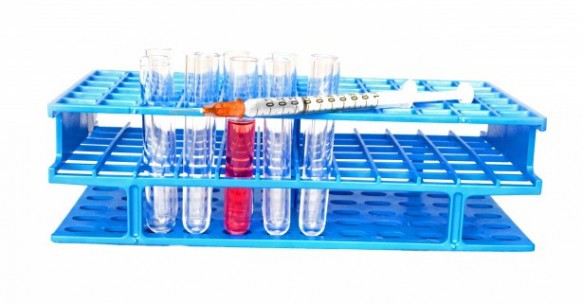
EDCTP calls for better TB diagnosing
The European & Developing Countries Clinical Trials Partnership (EDCTP) has said that tuberculosis (TB) interventions must be “aggressively” scaled up and access to healthcare must be improved in order to diagnose and cure those with the disease.
Every year around nine million people contract TB, with approximately three million ‘missed’ by public health systems. Investment in research for better tools – diagnostics, drugs and vaccines – is necessary and the EDCTP said it supports these goals through its funding of clinical research to develop these tools.
A new series of stakeholder meetings have been organised in preparation for the second EDCTP programme (EDCTP2), including a focus on TB and other mycobacterial infections. EDCTP is seeking to again fund clinical research of TB diagnostics as there are gaps in available tools within the following areas: point-of-care diagnostics, tools targeting specific patient populations, including children, and non-sputum tests.
The majority of EDCTP’s 13 diagnostics studies focus on tuberculosis, with several testing the performance of the point-of-care Xpert MTB/RIF test for tuberculosis. Research showed that Xpert MTB/RIF test can be used effectively in low-resource settings to simplify patients’ access to early and accurate diagnosis.
Professor Keertan Dheda’s EDCTP project (TB-NEAT) has been gathering evidence on the implementation of Xpert MTB/RIF and its impact on tuberculosis-related morbidity. A recent, high-profile publication by Dheda’s group reported on the assessment of the feasibility, accuracy and clinical effect of point-of-care Xpert MTB/RIF testing at primary-care health-care facilities in southern Africa. The findings indicated that “Xpert MTB/RIF can be accurately administered by a nurse in primary-care clinics, resulting in more patients starting same-day treatment, more culture-positive patients starting therapy, and a shorter time to treatment. However, the benefits did not translate into lower tuberculosis-related morbidity”.





